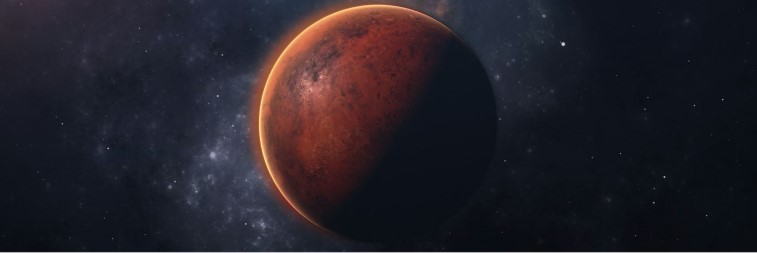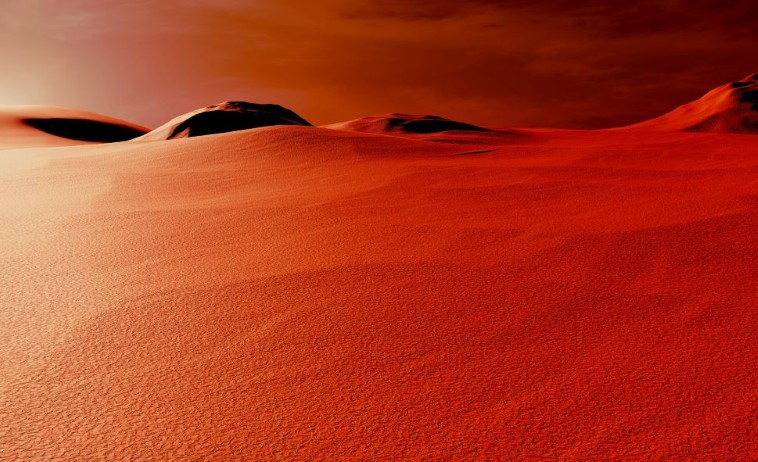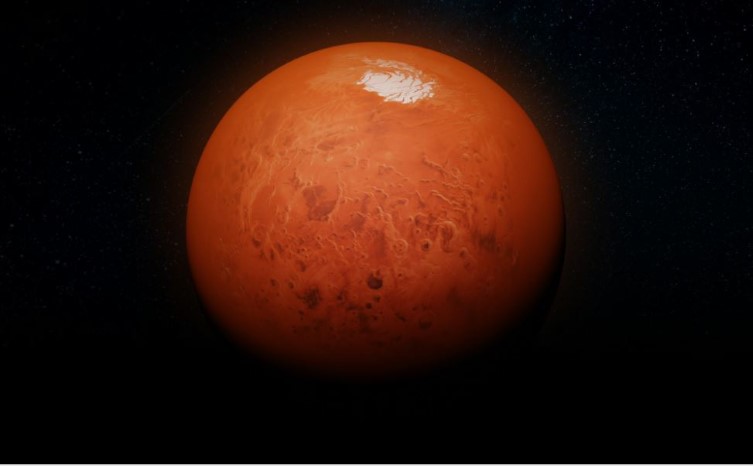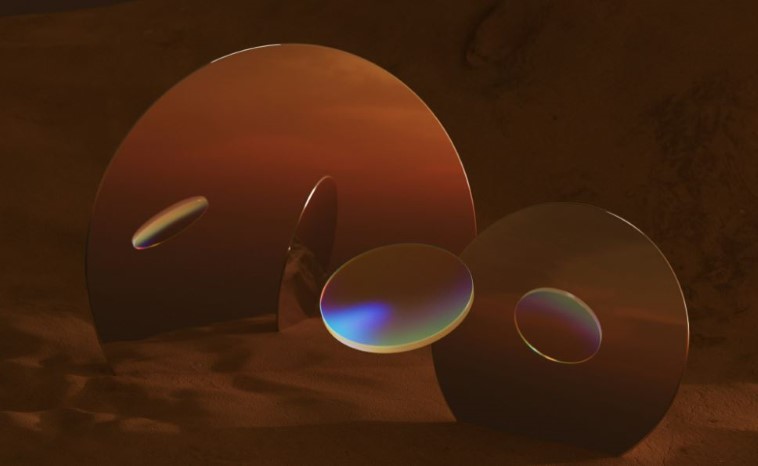Is there life on Mars to which we have no right?

Our planetary system, legally speaking, has eight planets. Which of these planets has the greatest potential and value to us as humans in the present stage of our moral and technological evolution?
Mercury is hardly familiar to us in everyday speech. We know more about Jupiter and Saturn is the one with rings. Then there is Uranus and Neptune, but they don’t have any special characteristics by which they can be recognized. We also removed Pluto from the list of planets at the conference of the International Astronomical Union (IAU).
So, what planet is left for us? Mars, of course!

In the novel “War of the Worlds”, especially its first radio interpretation in the USA, Wells added fuel to the fire with the “Channels on Mars” observed and drawn by G. Schiaparelli. The reddish traveling star in our sky entered our culture as something completely different from anything in the solar system.
Robots on and around Mars are sending the most interesting photos from the spot to Earth. When the first lines of photo-pixels arrived on Earth, from the landing site of the Viking-1 lander, C. Sagan stated that it would be almost normal to see a herdsman on a horse trotting lightly through the hot sand.
Mars is special, not just by chance, but because somehow it is “ours”.

The landscape of Mars is thus reminiscent of rocky and sandy landscapes on Earth. In the meantime, we learned that liquid water occasionally appears on the surface, there are clouds, precipitation, and winds. So, there is some kind of atmosphere in the traces.
On the equator, the summer temperatures are quite pleasant (+20°C) and we are not unfamiliar with minuses of 70 degrees Celsius even here on Earth, in the polar regions. But something is still missing.
Plant and animal life are missing, lakes surrounded by forests, seas covered with pine beaches, the chirping of birds, animals, perhaps even people swimming at night under the stars.
We are still not entirely sure if this was the Martian past. We don’t know that yet, but we are aware that Mars could become a friendly planet for all life as we know it on Earth.
How? By terraforming!
These are the methods and procedures by which the current conditions on Mars, by encouraging the existing resources on the planet itself and by external influence, would be targeted to “push” into the creation of an atmosphere and then the formation of seas and lakes, forests and pastures, with the appearance of the first living creatures, and eventually humans.
The idea of terraforming Mars is not new, there are different approaches and procedures to make it happen. Most of it is beyond our current technological and organizational capabilities, but not too far!
After all, you can try terraforming Mars yourself, there are educational games (Terraforming Mars) in which you can act as a planetary engineer. Try it with the kids!
Now let’s leave the terraforming technology aside.
Another question arises. Are we gods, do we have the moral right to destroy and create worlds like gods?!

For example, in the past decades, we sterilized all spacecrafts that flew to other worlds, especially those that landed or could potentially land on worlds, before launch. The reason being that we did not want to transfer this worldly life over there.
In other words, we didn’t want our existing life to create mutants there, destroy the domicile life or take evolution in some unnatural direction.
And terraforming implies completely changing other worlds in our image and opportunity. To give life where there is none, that is what we could define as a form of conception.
We certainly can do it, but should we? It is still a philosophical and moral question that we have no definite answer to in this stage of human evolution.
Want to read more about the universe? Visit our blog!

